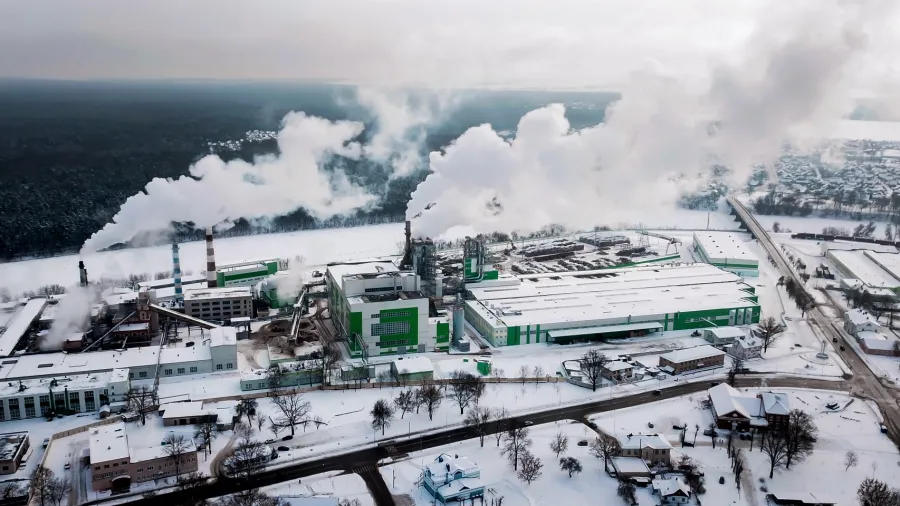
APAC leads global industrial exports, reveals emissions gaps
China remains the region’s largest producer.
Asia-Pacific, the world’s largest manufacturing hub, accounted for 40.7% of global industrial exports in 2024, highlighting sharp national differences between production- and consumption-based emissions.
”At current rates, per capita emissions in Asia and the Pacific are rising faster than in other regions,” according to a report by the Asian Development Blog.
Within the region, the People’s Republic of China remains the largest producer, generating more emissions than it consumes. From 2017 to 2023, its consumption-to-production emissions ratio averaged 0.92.
Ratios are lower in resource-based economies like Mongolia, Kazakhstan and the Lao People’s Democratic Republic, due to mineral and raw material exports, and in export-driven economies such as Viet Nam, Thailand and Singapore.
In 2024, 20% of Asia’s exports went to Europe, 21.4% to North America and 40.5% to other Asian economies.
For industrial exports, 44.6% came from the PRC, 5.7% from India, 35.5% from developed Asian economies and 14.2% from developing ones.
Meanwhile, import-dependent economies such as the Philippines, Sri Lanka, Nepal, Bhutan, and Bangladesh consume far more emissions than they produce.
“Their consumption-based emissions exceed production-based emissions, in some cases by more than 25%,” the report said.
For instance, Sri Lanka’s consumption-based emissions fell faster than economic output between 2017 and 2023 due to foreign exchange shortages, higher taxes and tight import controls. Analysis also shows that the country’s emissions intensity has worsened even as global averages improve.















